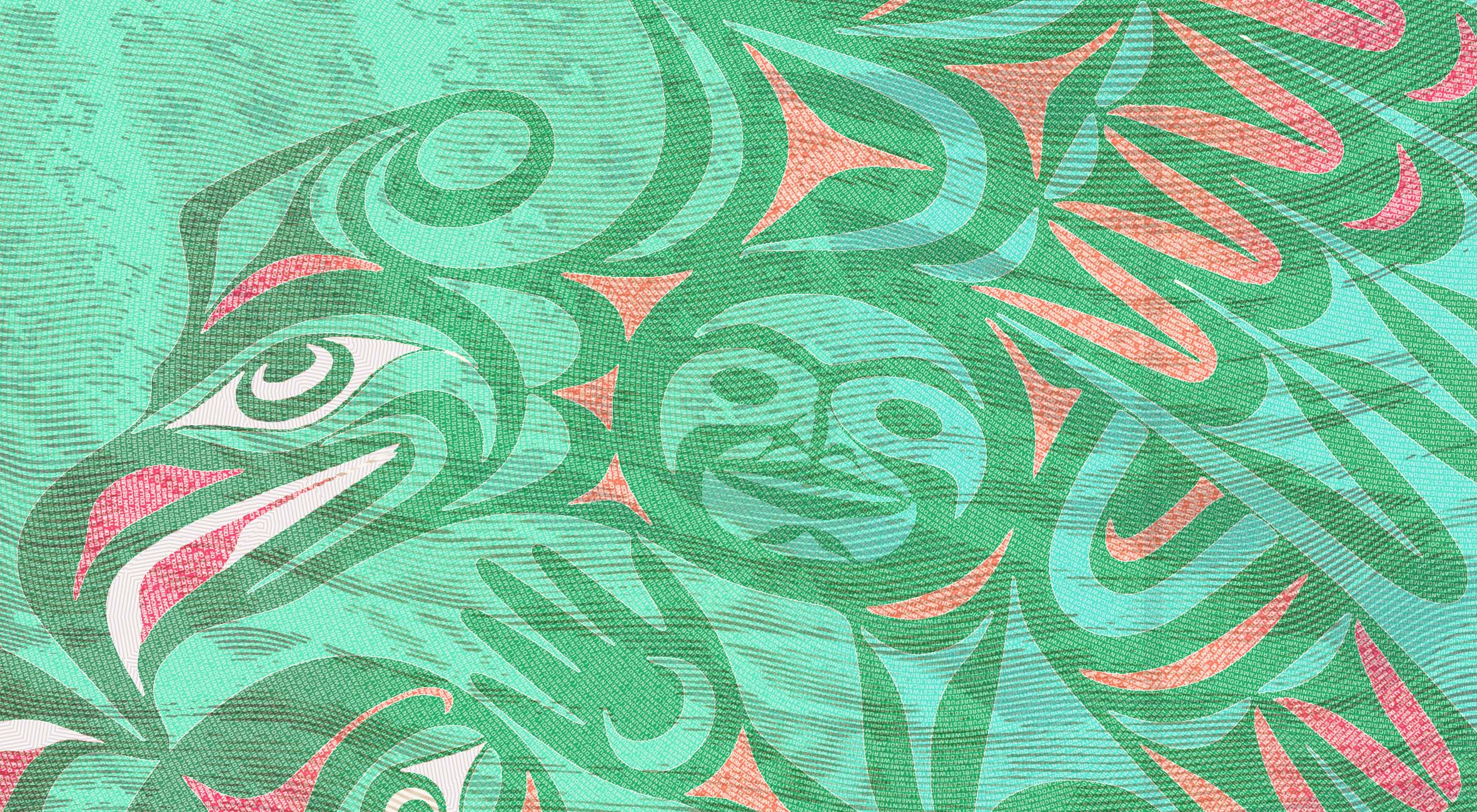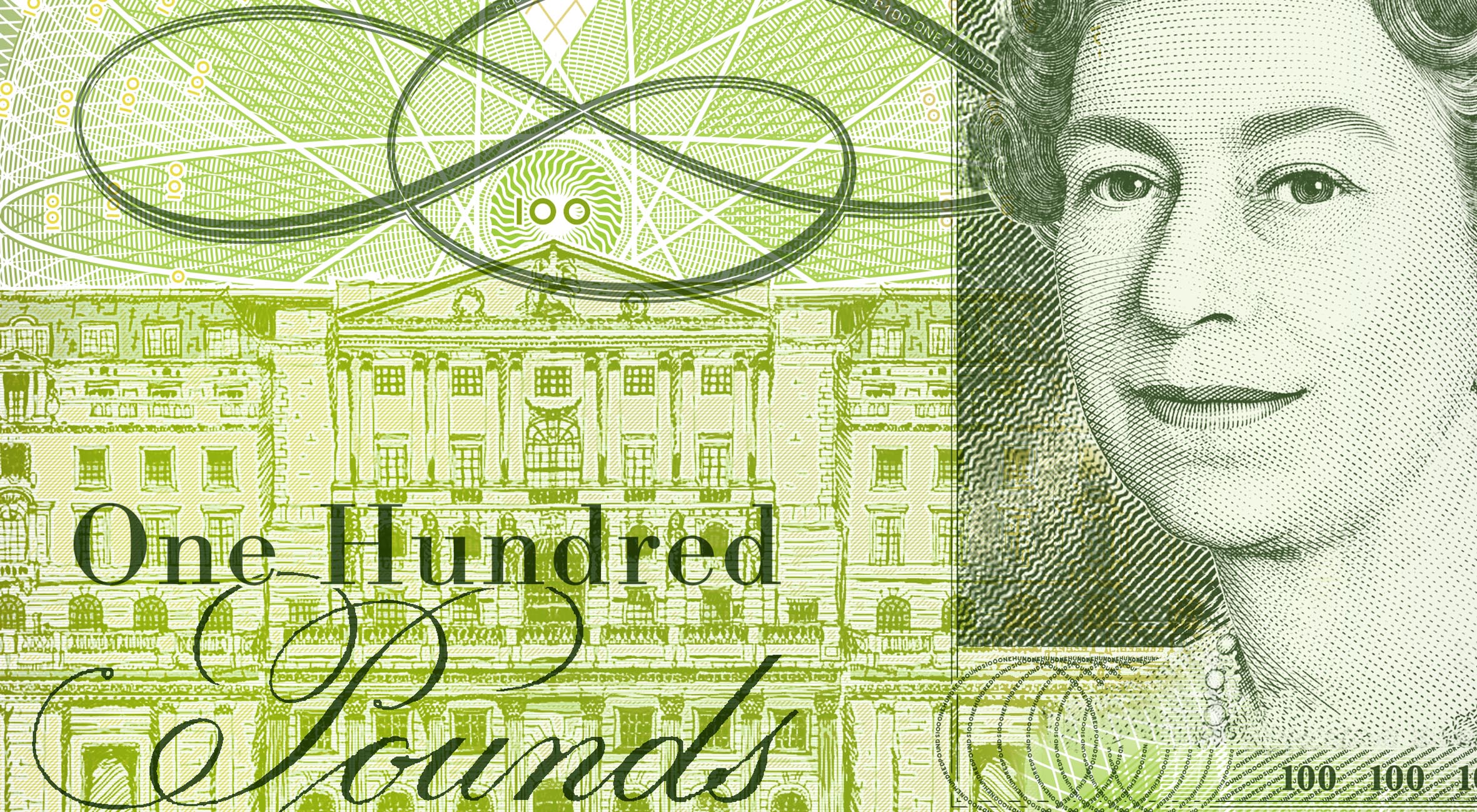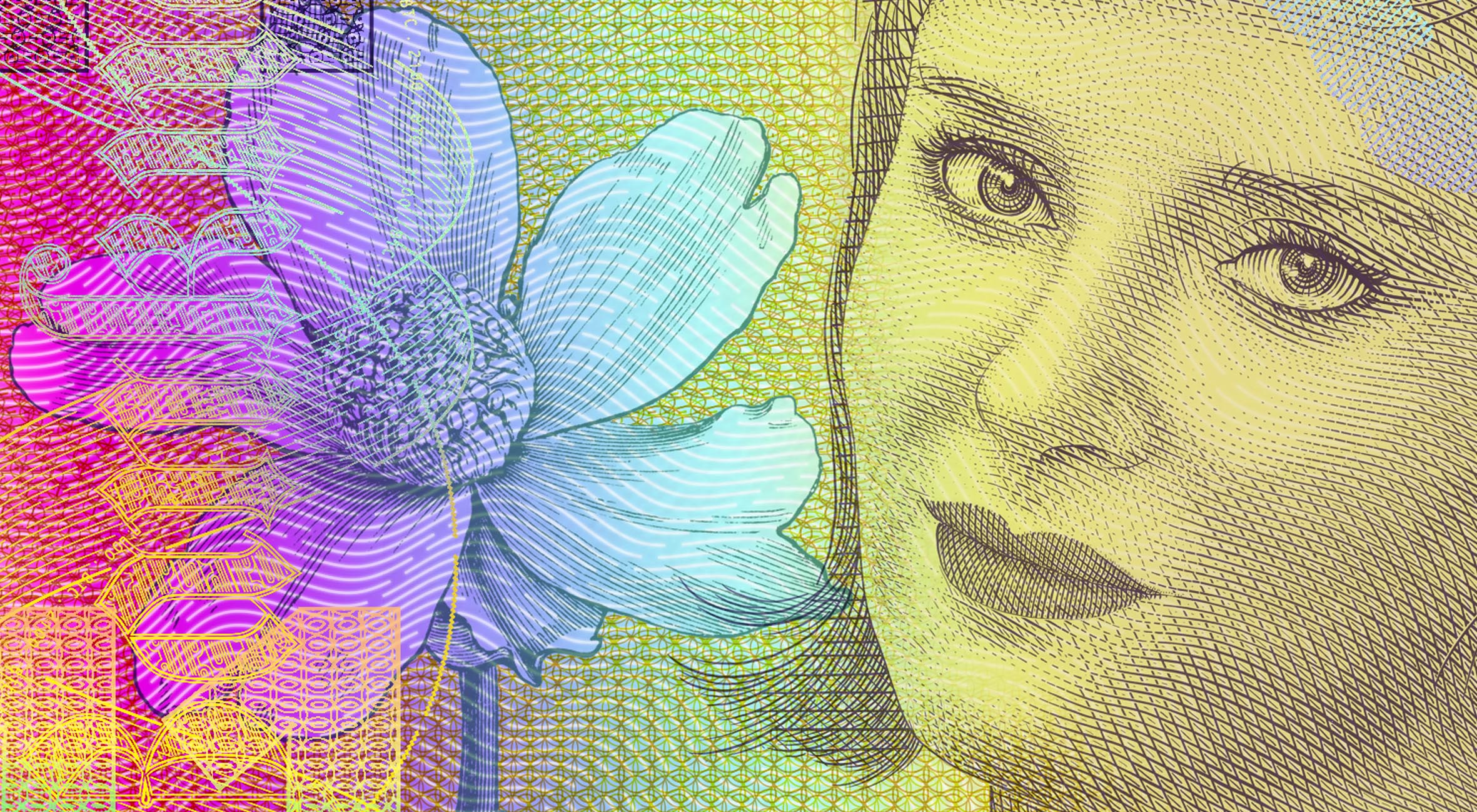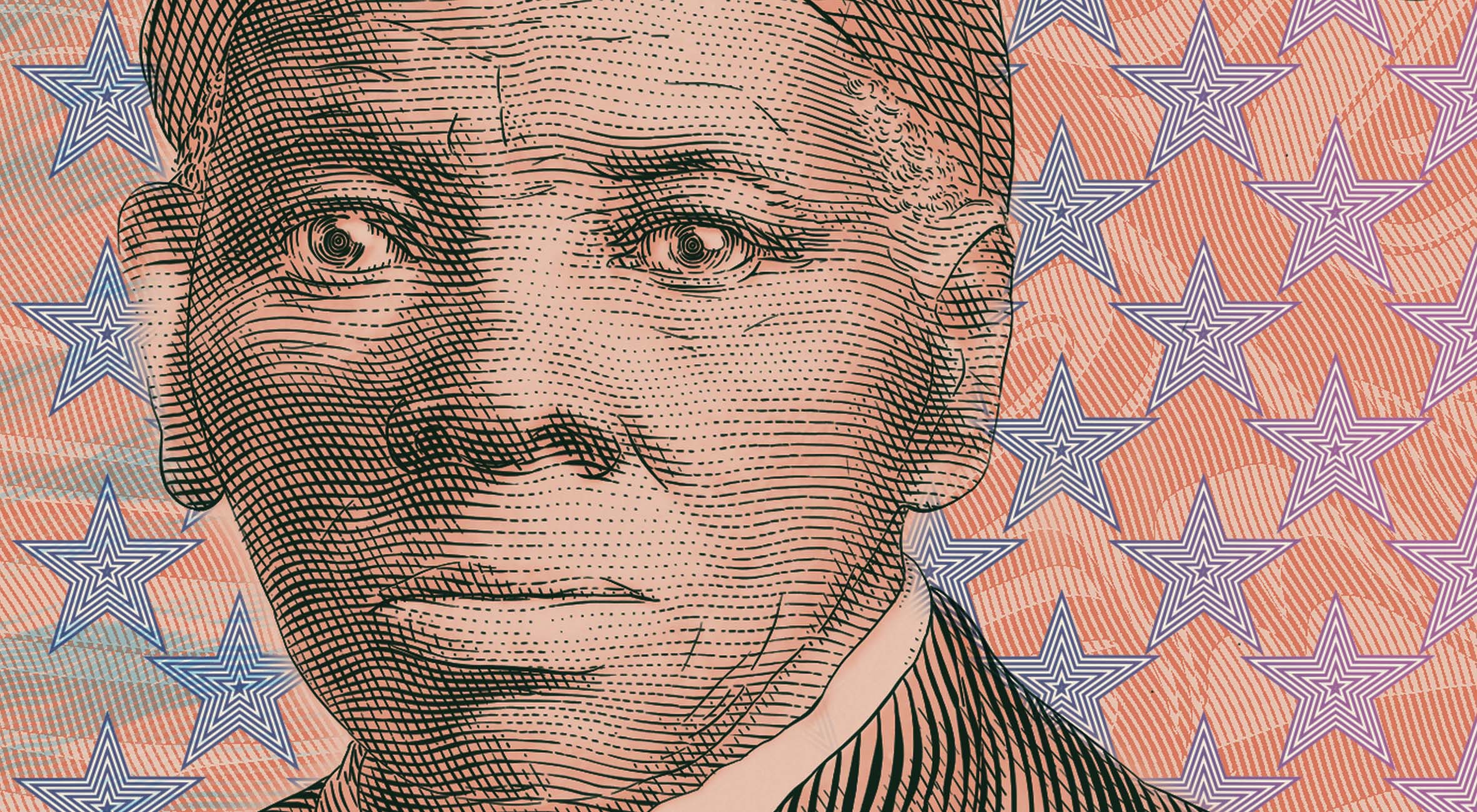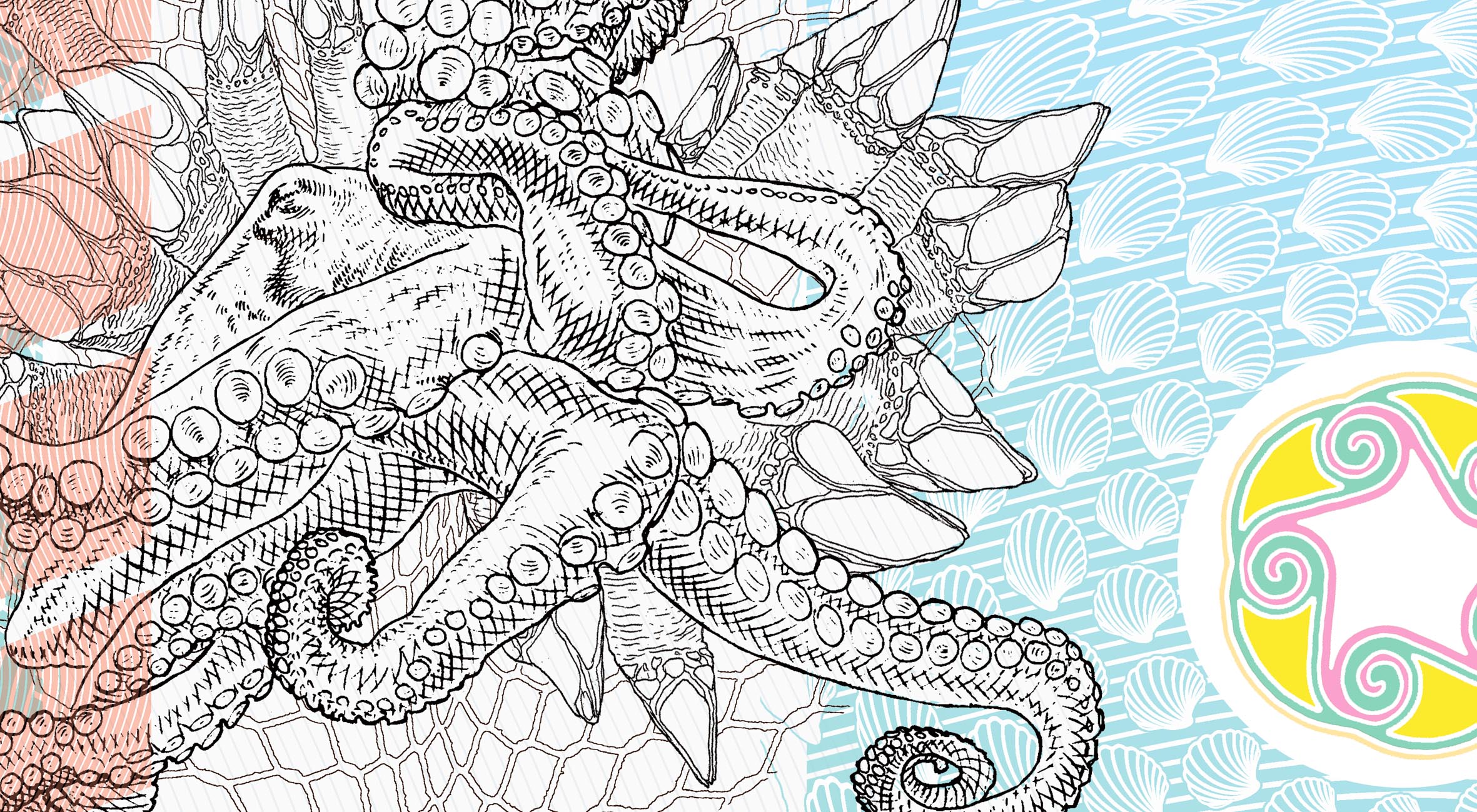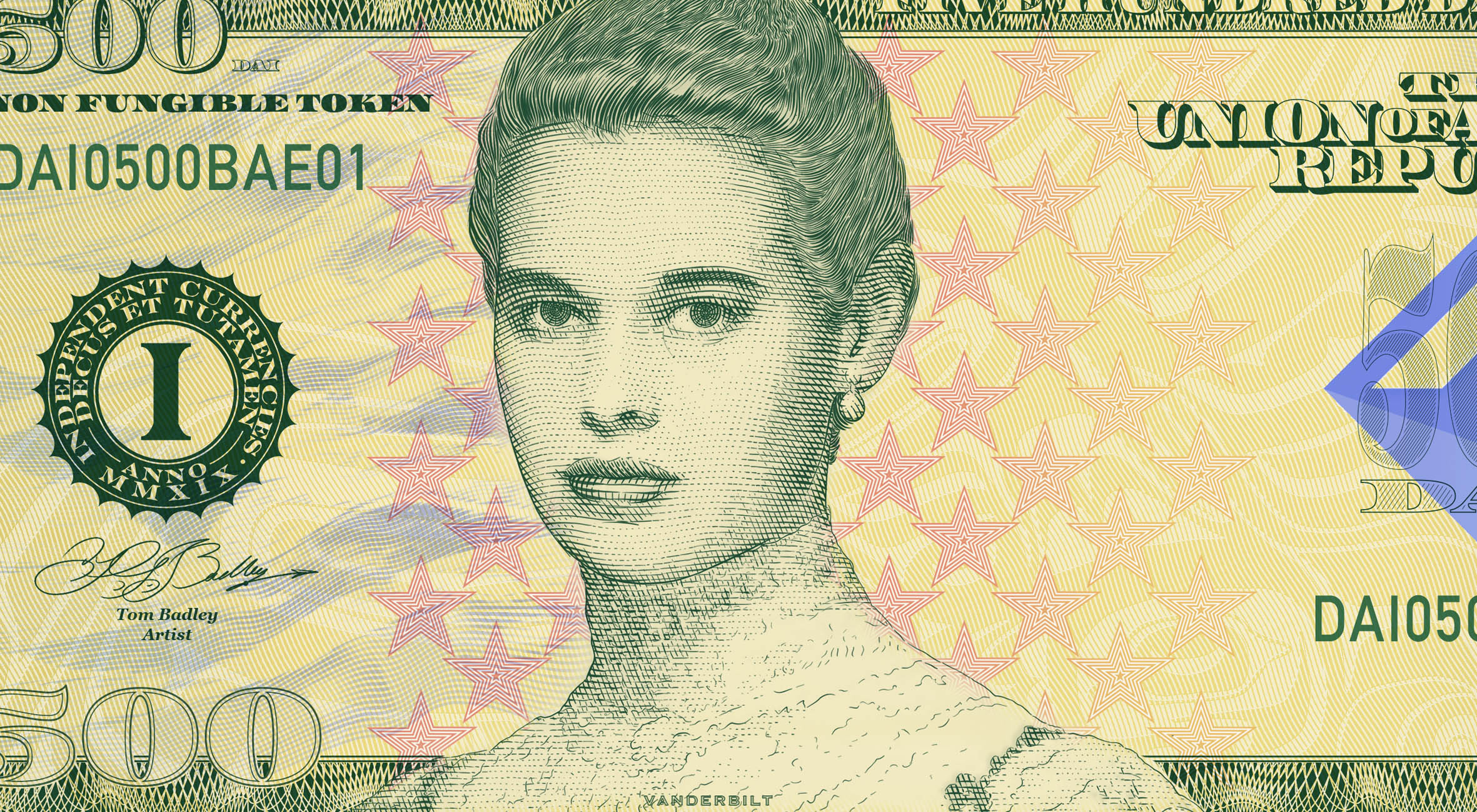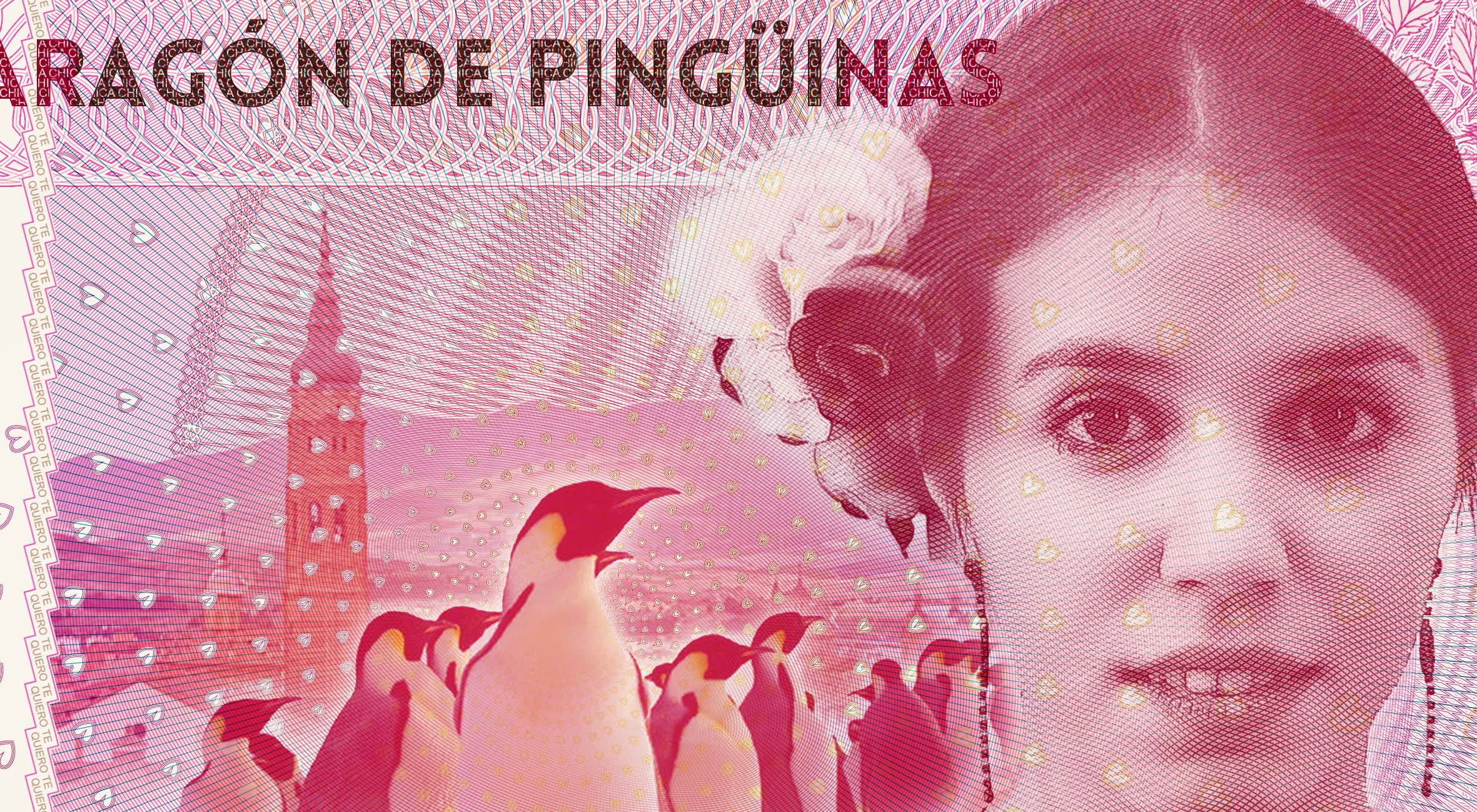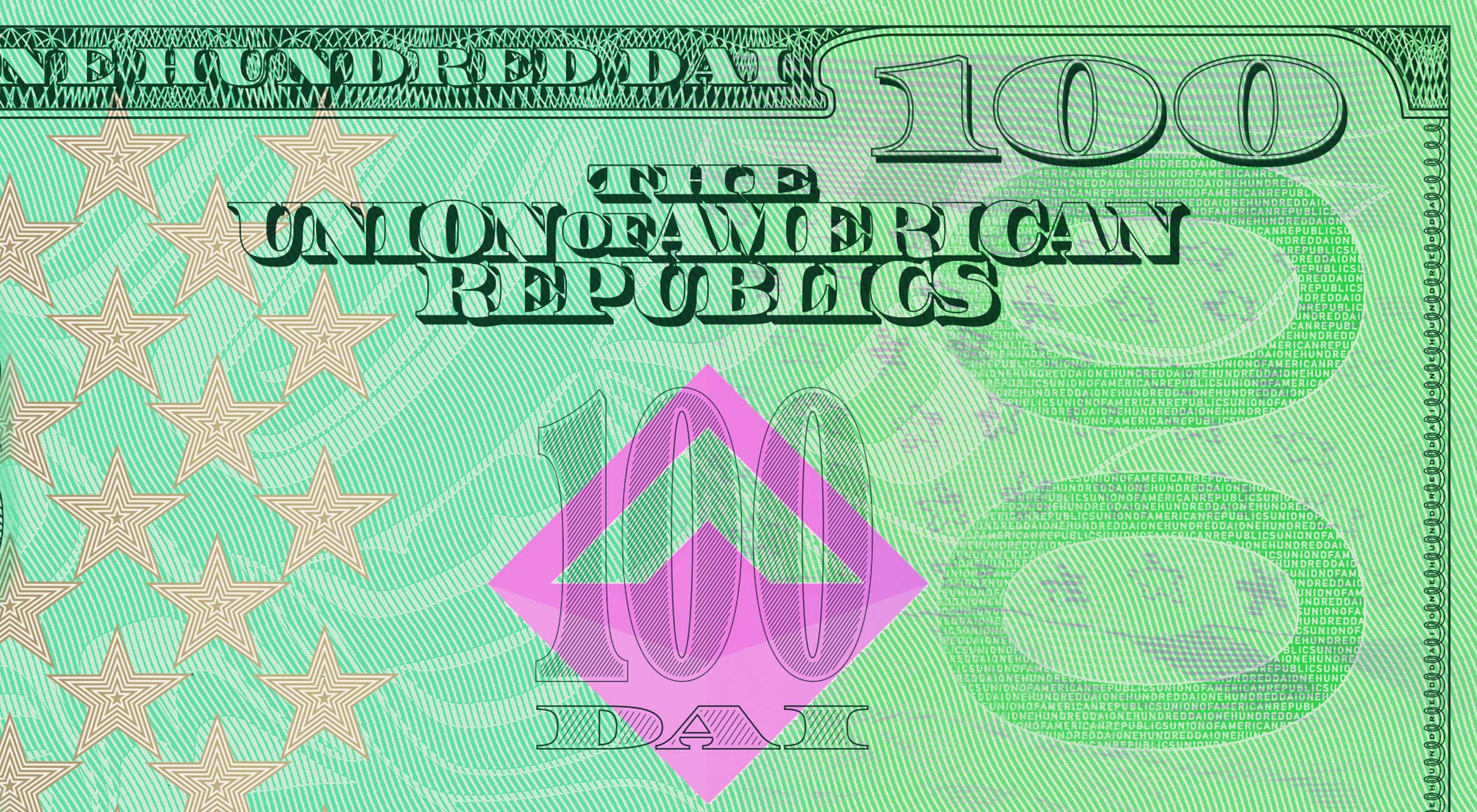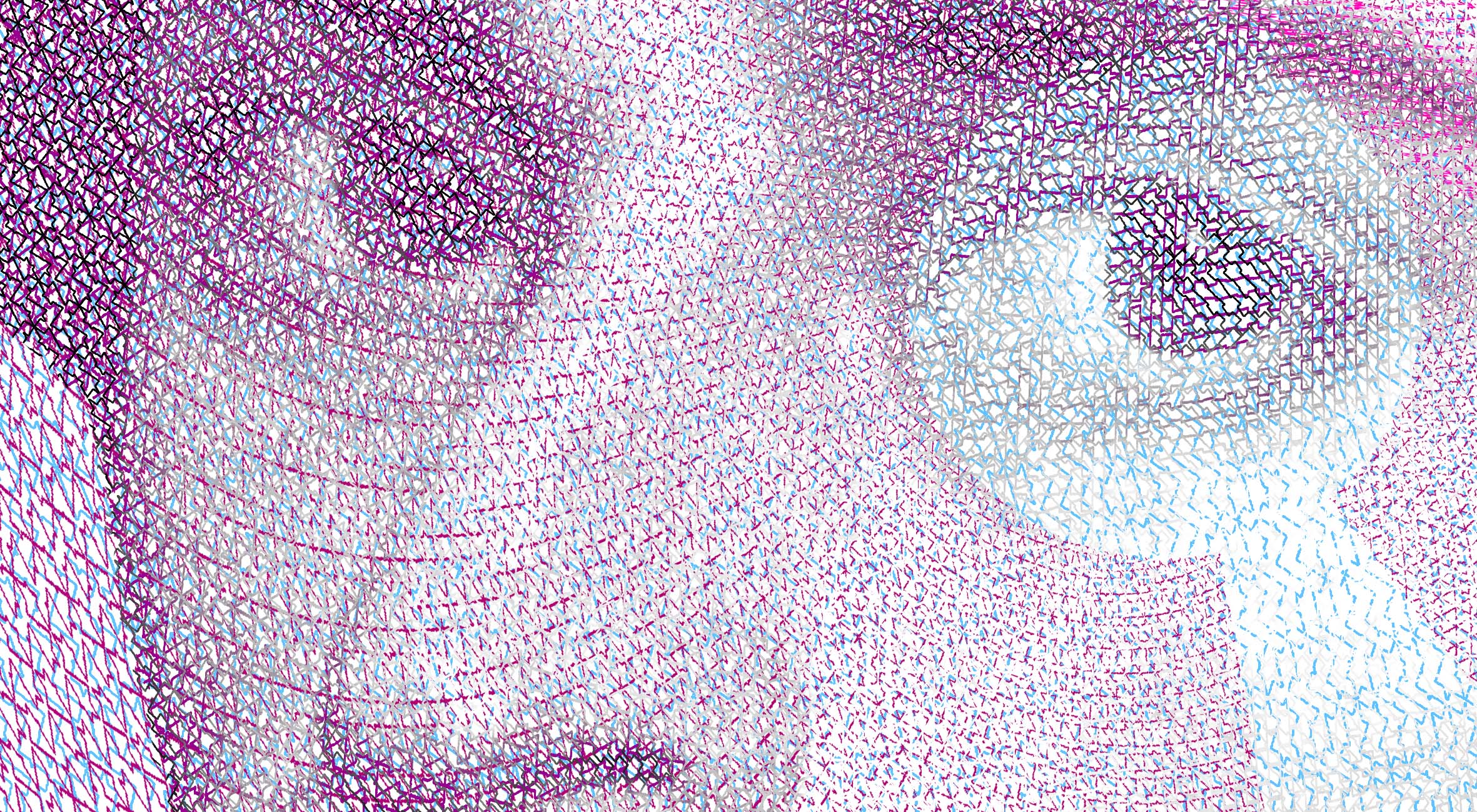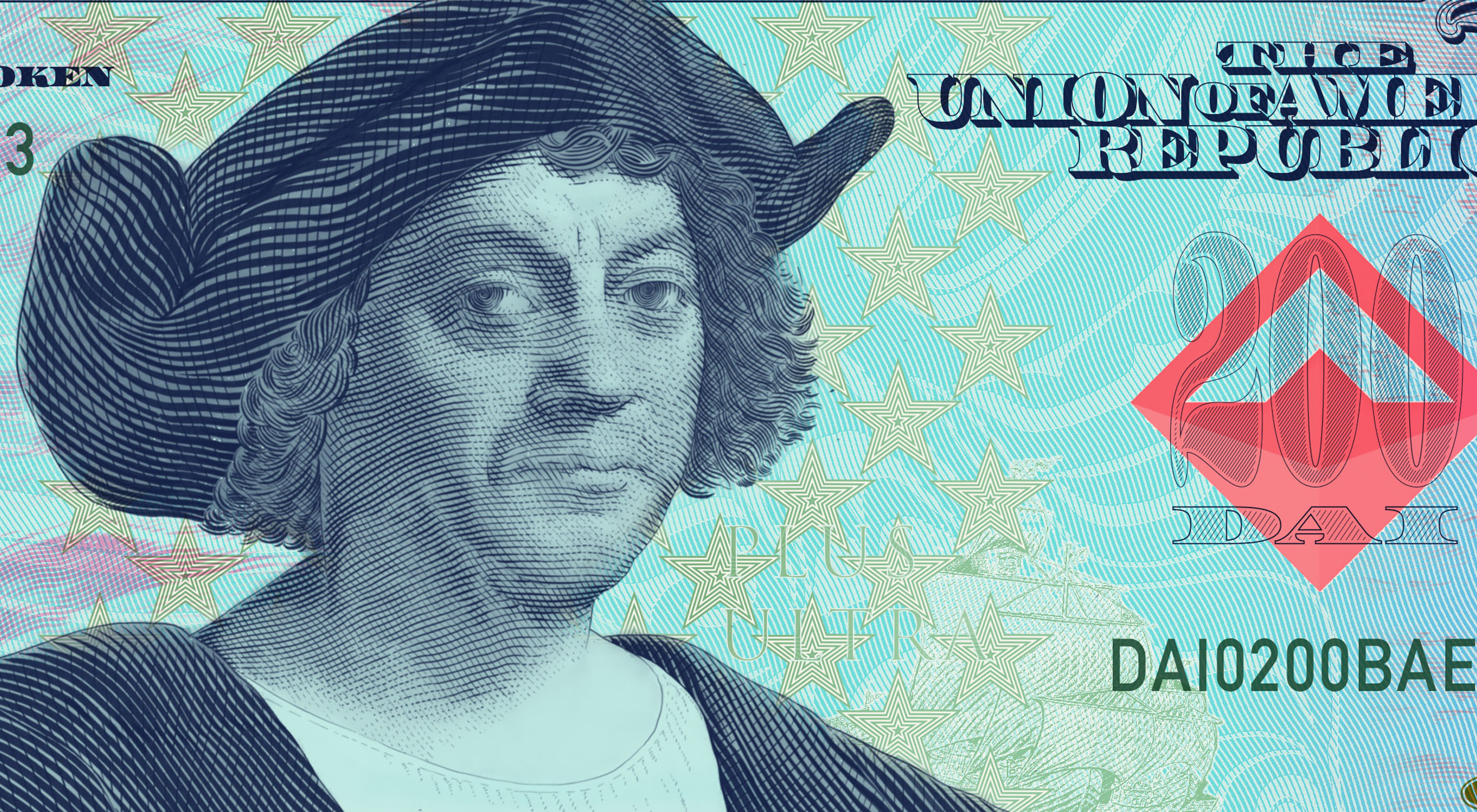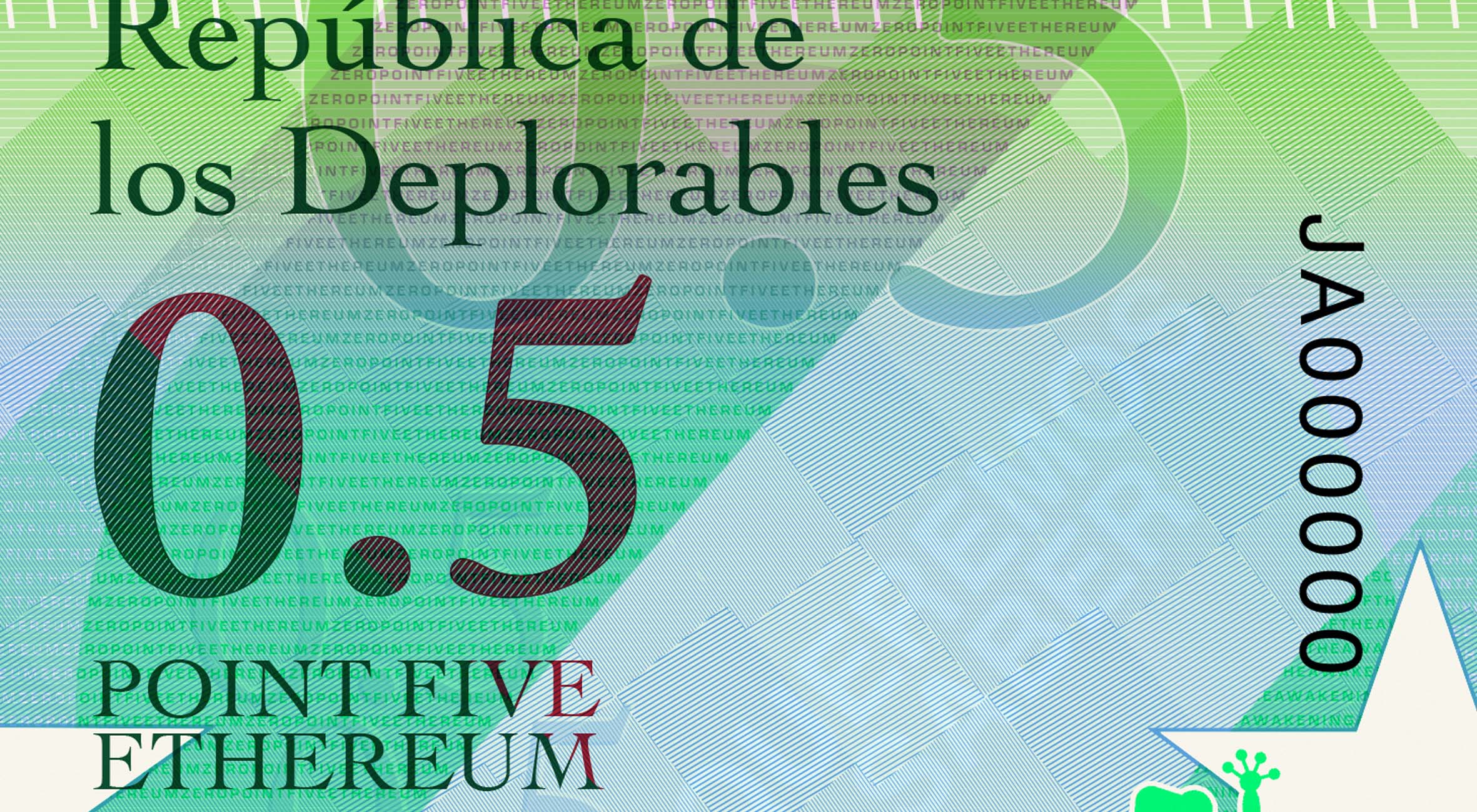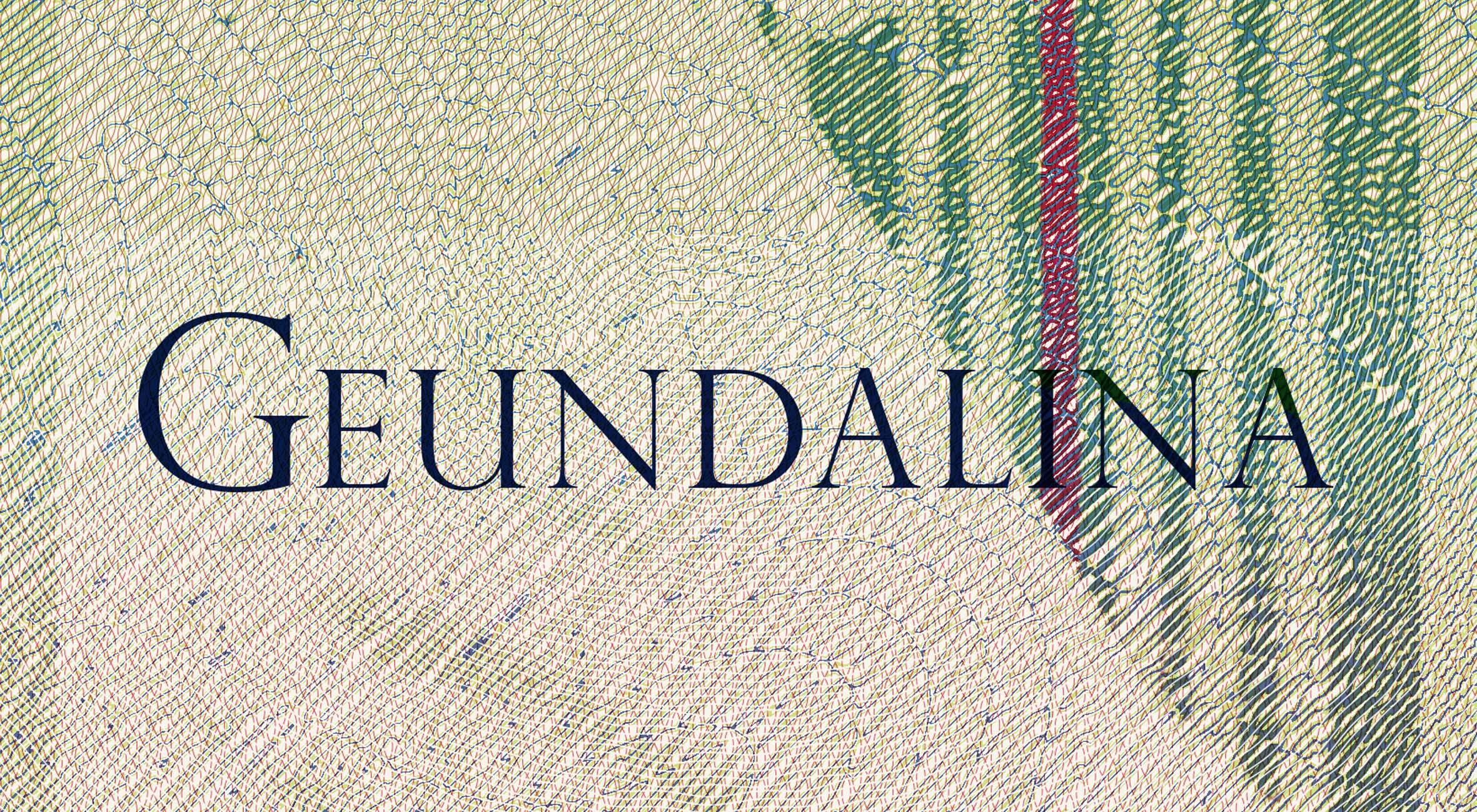ARABIC ARCTIC AUTHORITY
Climate Change & the Middle East
The inspiration for this design came from the proposition that the Earth’s poles would eventually migrate, so that the South pole would be located at the north eastern tip of Brazil, and the North pole would move to the Indian Ocean. The new northern arctic circle would then circumscribe Saudi Arabia, Pakistan, India, and Somalia. The resulting change in culture would produce a new visual language, encapsulated in banknote design.
What would Middle Eastern banknotes look like if the North pole moved to the Indian Ocean?
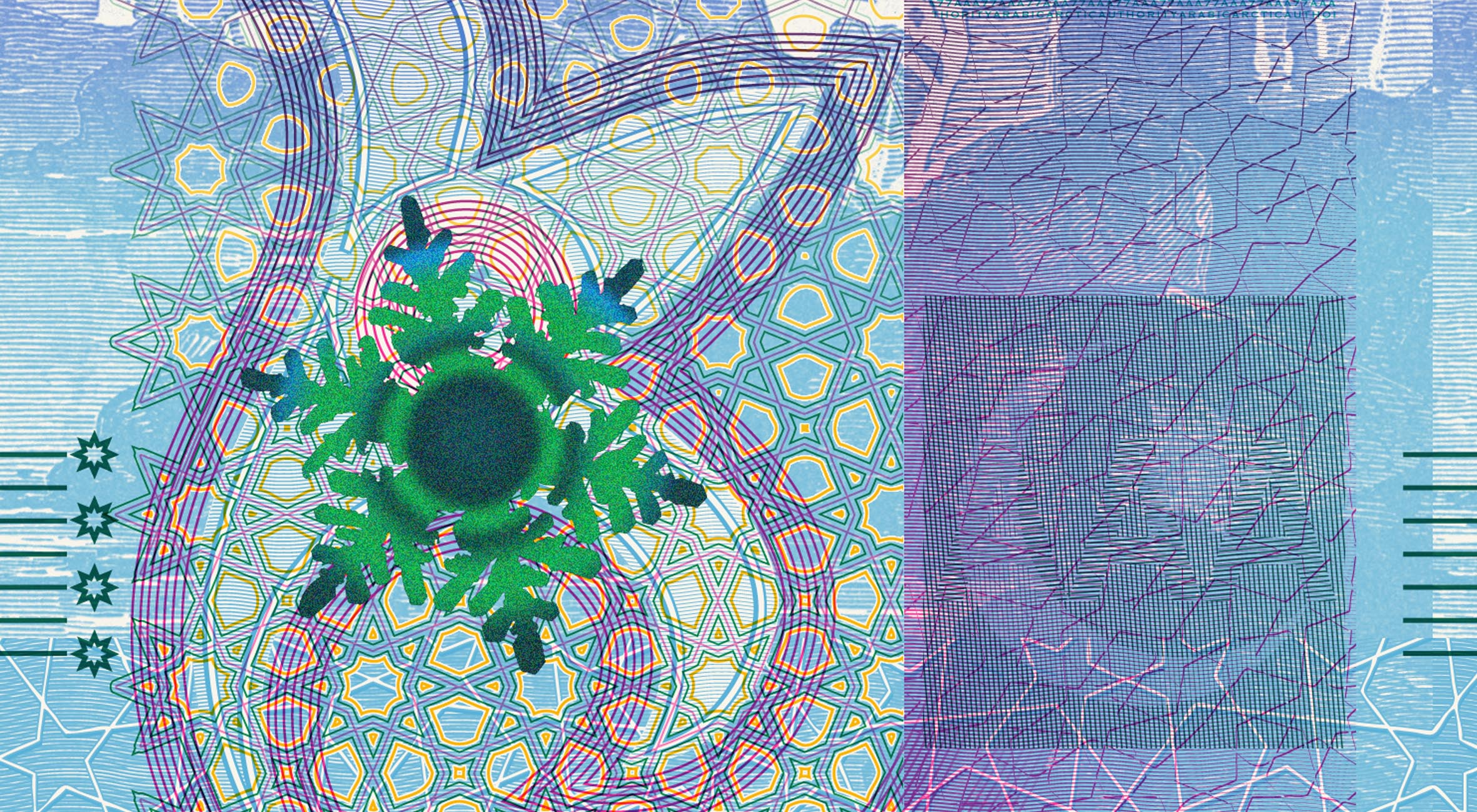
Originally posted on medium.com on April 24, 2017:
As the poles migrate, the new equator will migrate also. The final destination is not certain, but best guesses indicate that the new equator will run past Spain, UK, Norway, over Russia, past Alaska, down through the Pacific, bisect Antarctica, and back up through the Atlantic.
This would put the new North pole in the Indian Ocean, and the new South pole off the coast of Brazil. If this seems impossible, it is because the plates will also move, so that the space between South America and Africa will be a lot wider than today.
Another aspect of this pole shift will be that the climate will, in general, be cooler than today. The poles will extend further, and the equator will be temperate. Water will also reform at the equator and flood the lands there. The UK will look and feel more like Cuba; Antarctica will look more like sub-tropical African plains; the Andes and Eastern Australia will be relatively unchanged; the lowlands of Siberia will be a new ocean.
The new North Pole will extend around the new arctic circle — Bangladesh, Tibet, Iran, Egypt, Somalia. This puts Saudi Arabia firmly under the snow. The hollowed out skyscrapers of Dubai will collect ice between them. The ice city will be visible for miles on a clear day, form the frozen Persian Gulf. The Gulf will still harbour abundant sea life below the ice, caught by the Emirati eskimos. Riyadh will be uninhabited, except arctic scientists, who will roam King Fahad road where the buildings have been repurposed into labs and canteens.
How will the scientists transact?
The 77 Dinar note is printed on plastic, to withstand the snowy conditions. It features a large window with colour shifting areas, iridescent ink, and blind embossing. The other security features of the note include a latent image, intaglio microtext, OVMI, blind marks, and offset micro lines:
The note features the large Mecca icebergs, Islamic patterns, and the flag of the Arabian Arctic Authority, the crescent moon and snowflake.




















